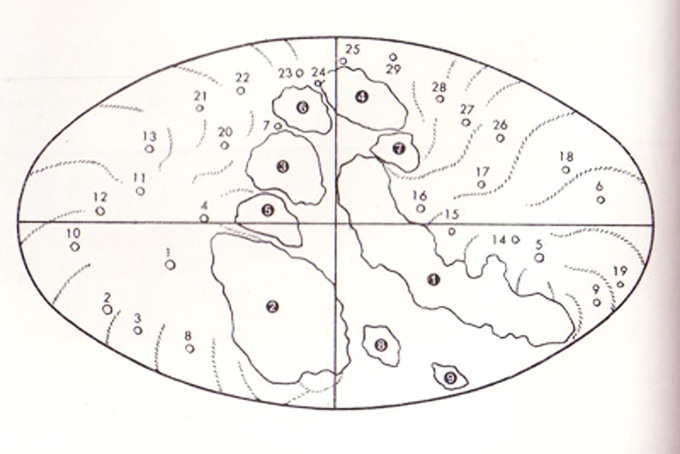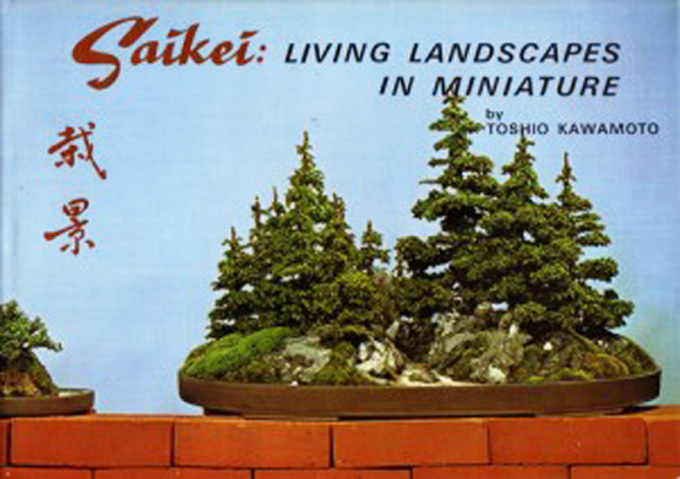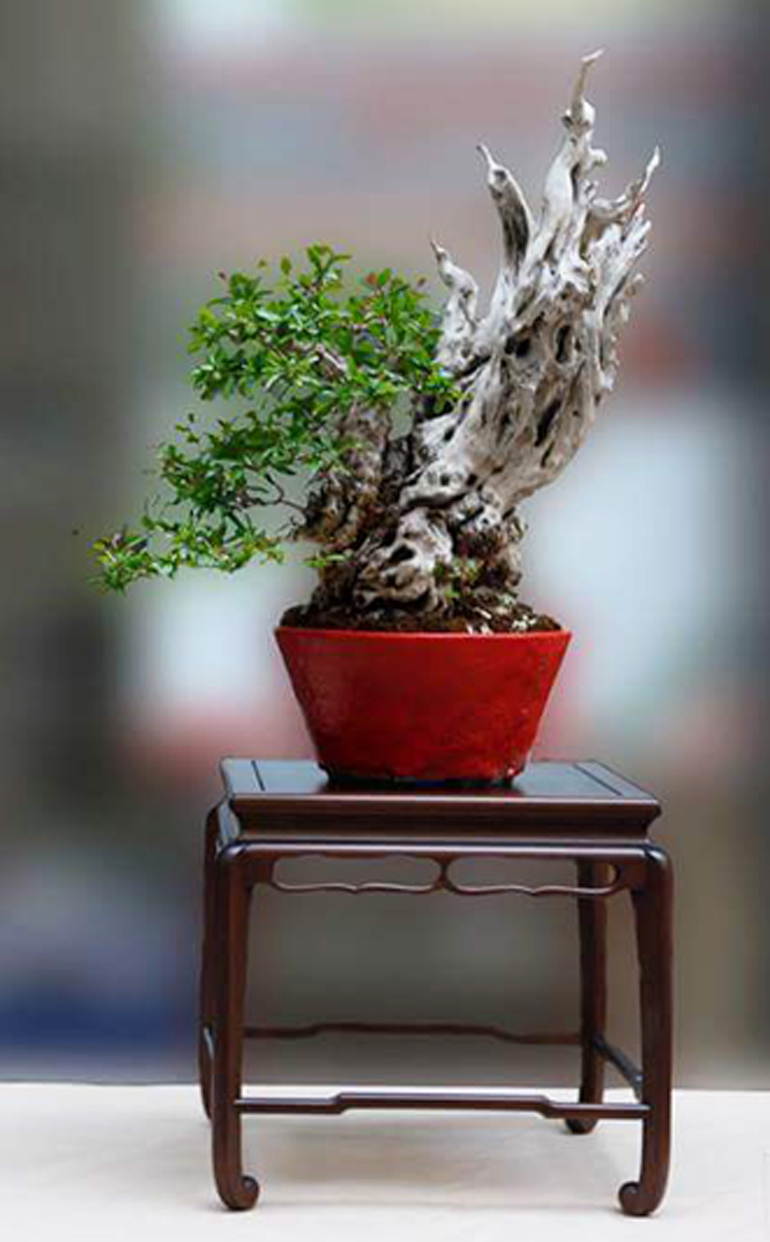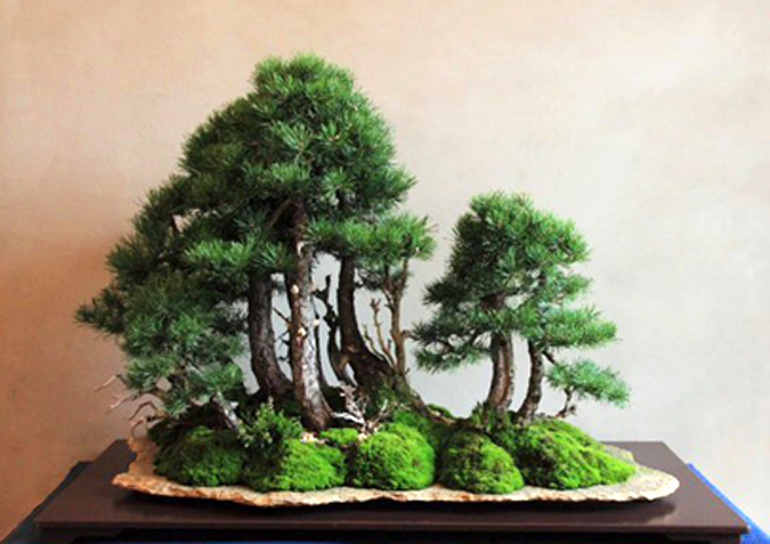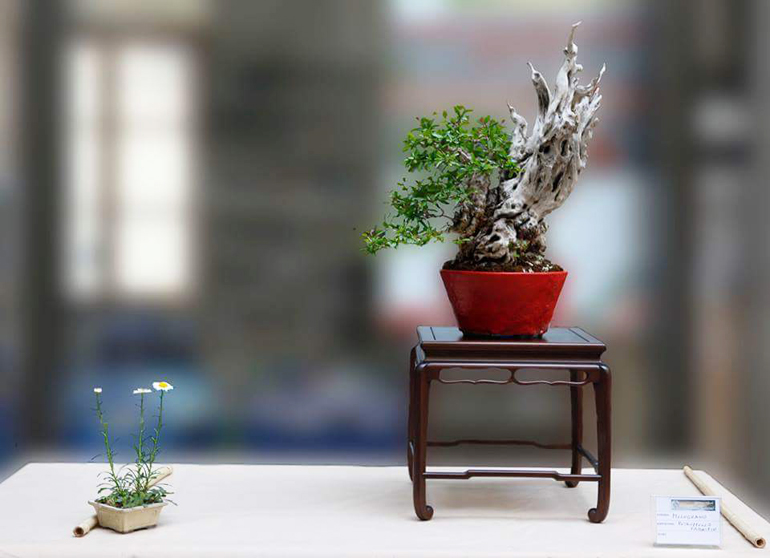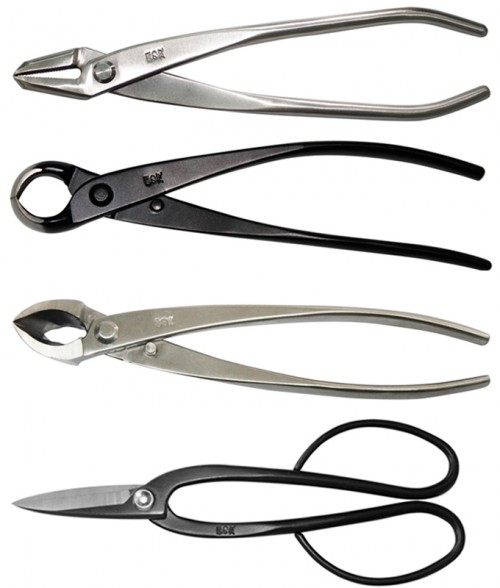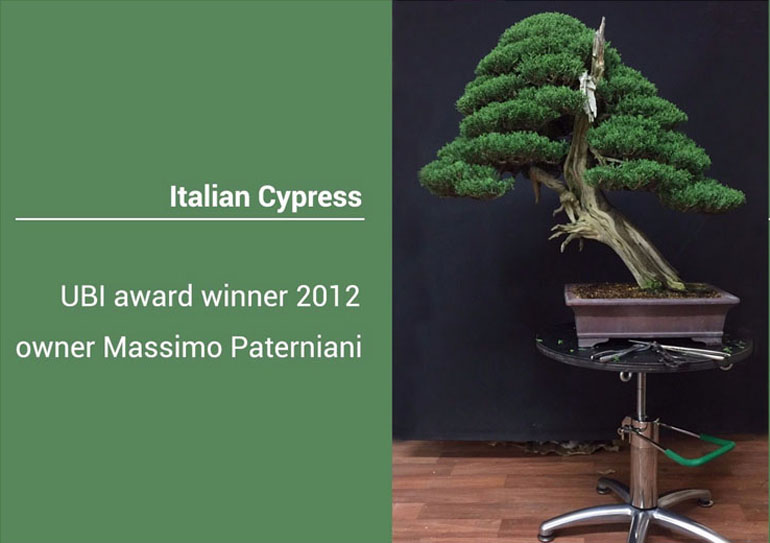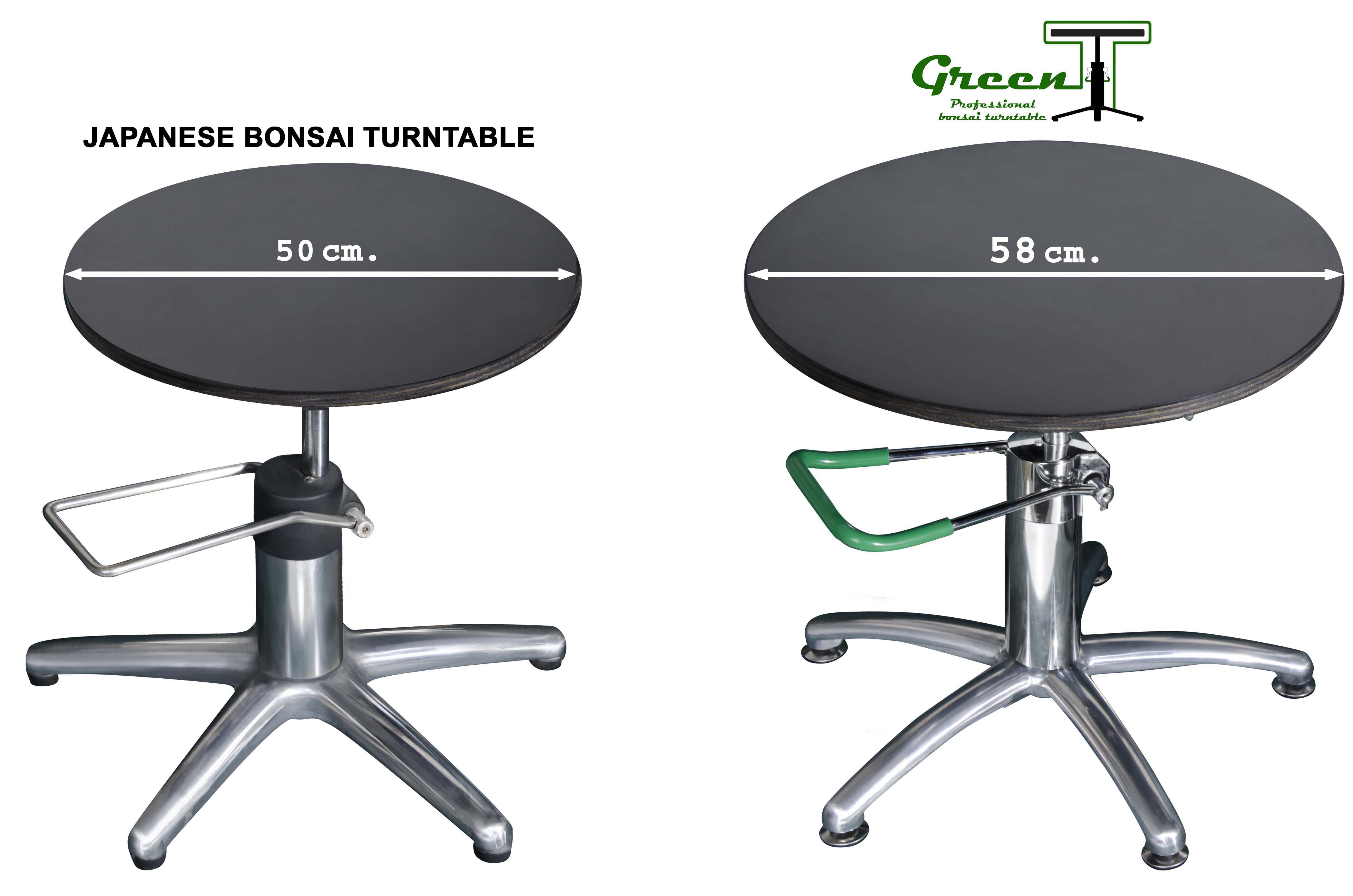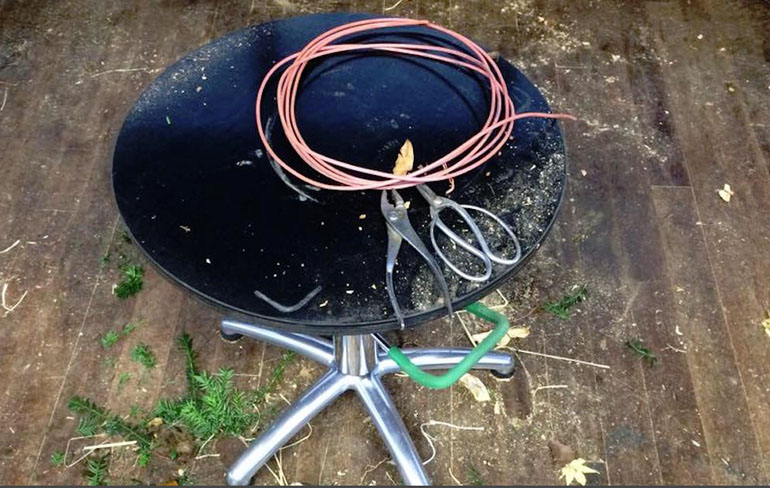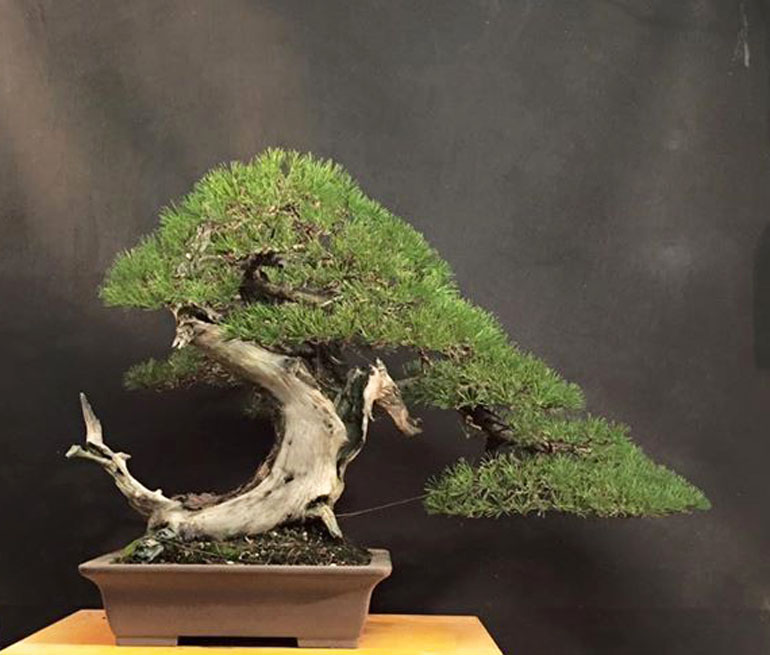
Zen pine. In some types of art (calligraphy comes to mind) shapes are often suggested rather than completed. The mind of the viewer does the rest. In the case of this pine, it's a circle (the way the raw power of the deadwood demands your attention cinches it). The tree and the photo belong to Mauro Stemberger. You can see more of Mauro's bonsai here, here and here.
Circles, semi circles and curves are today’s theme.
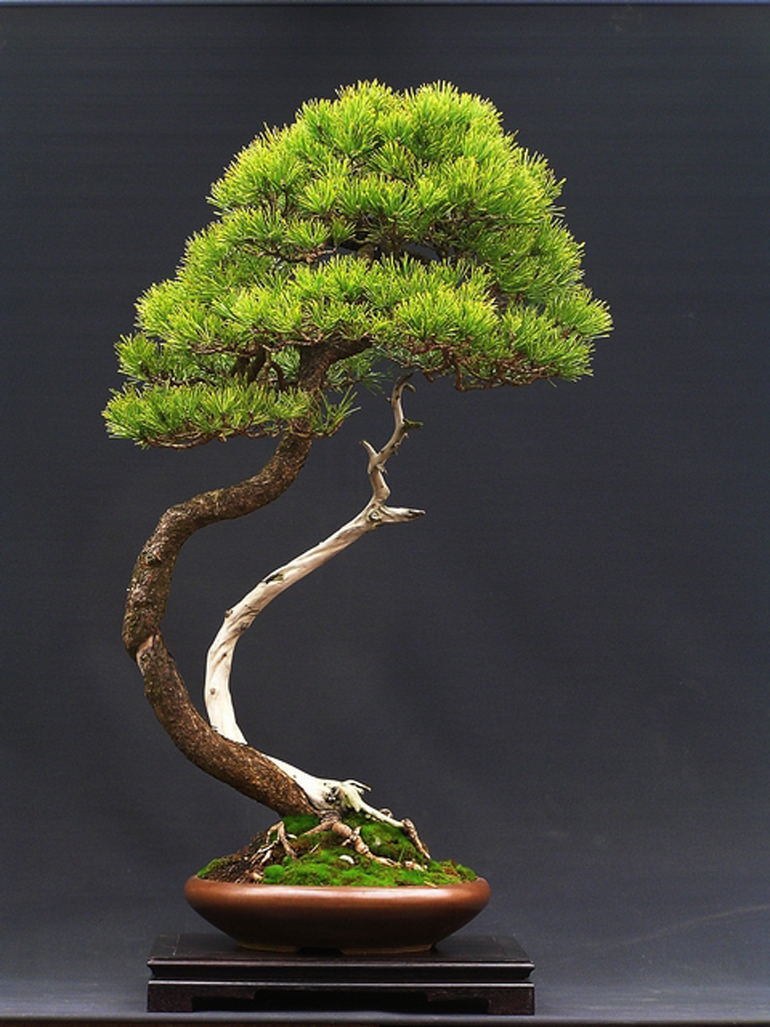
Bonsai with long slow curves like this one tend to be out of favor, at least with some people, who might refer to this type curve to as a pigeon breast. In the case of this pine I think the deadwood that mirrors the curve creates interest and perhaps even make the pigeon breast more acceptable. The artist is Wlodzimierz Pietraszko. I believe we've featured this tree before but a quick Bark search comes up zero.
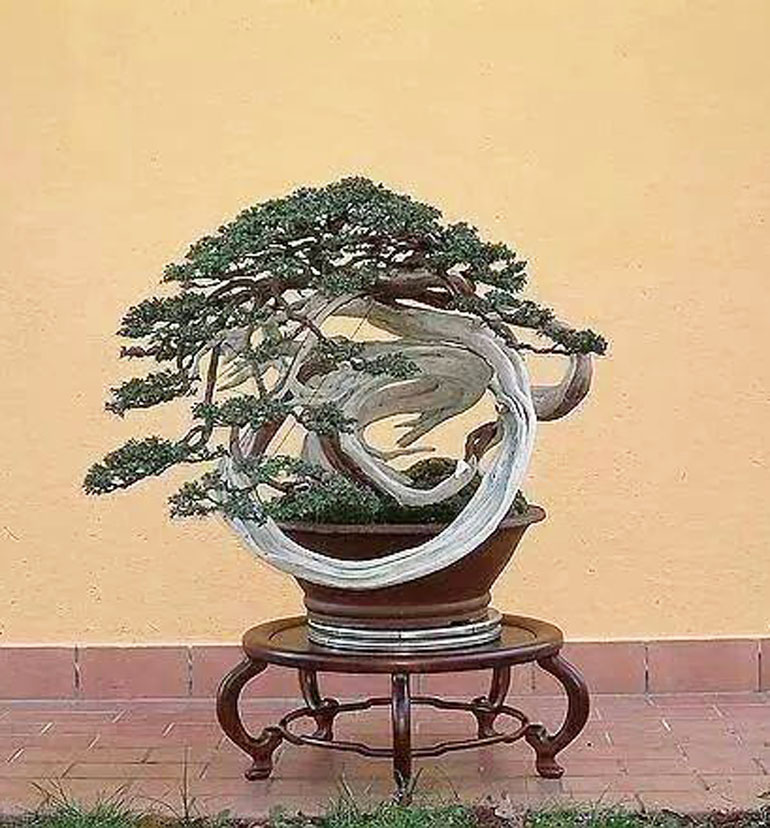
Full circle. I don't know what kind of tree this is, but I'll bet you'll remember it if you ever see it again. I found it here.
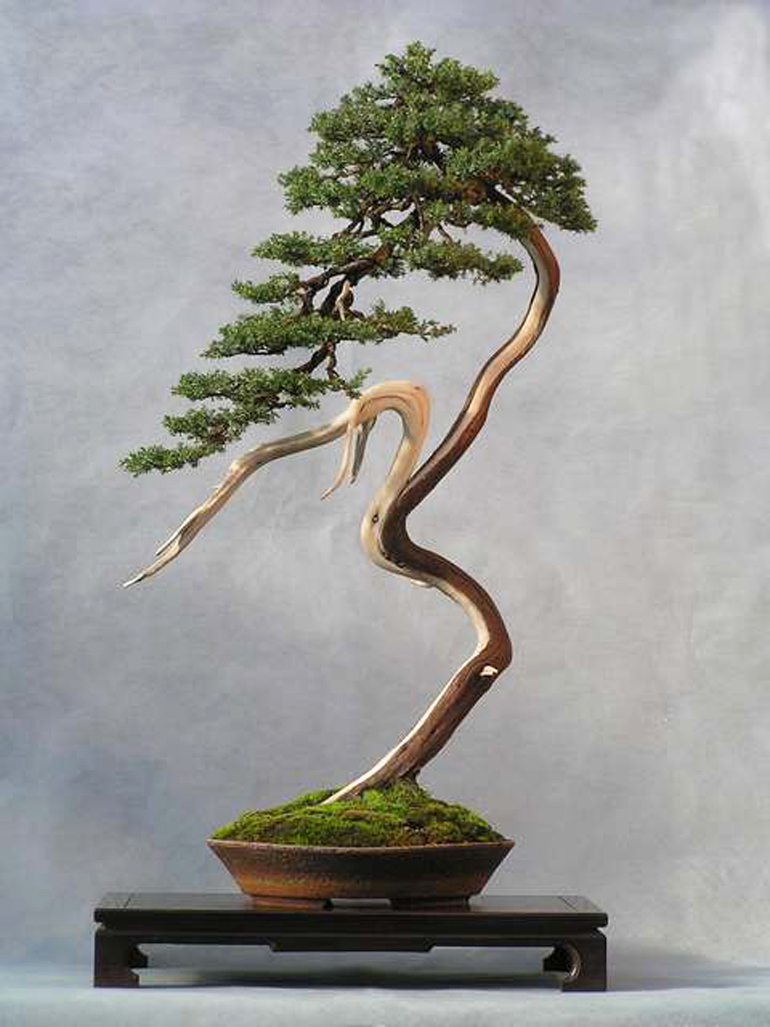
A snake about to strike. I'm not so sure this one fits our unusual curves theme, but if you follow the line from the base of the trunk to the tip of the deadwood, it's close enough. Once again (like the pine above), the artist is Wlodzimierz Pietraszko and this is at least the second time we've shown this tree.
25% off Bonsai Wire kilo coils
I don’t think this sale will last much longer…
 Kilo coils of our Bonsai Aesthetics wire come in 15 diameters
Kilo coils of our Bonsai Aesthetics wire come in 15 diameters
from 1mm to 8mm
only 14.63 per kilo with your 25% discount
combined with FREE Shipping (U.S. orders 49.00 or more)
this makes for a very good deal
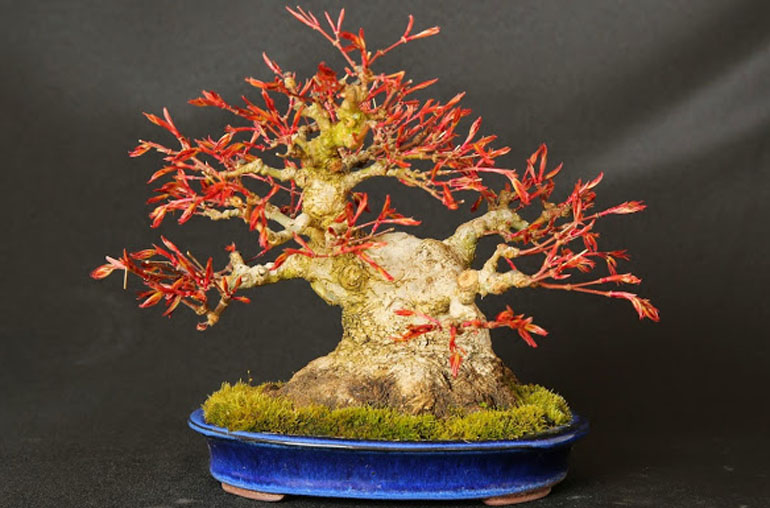

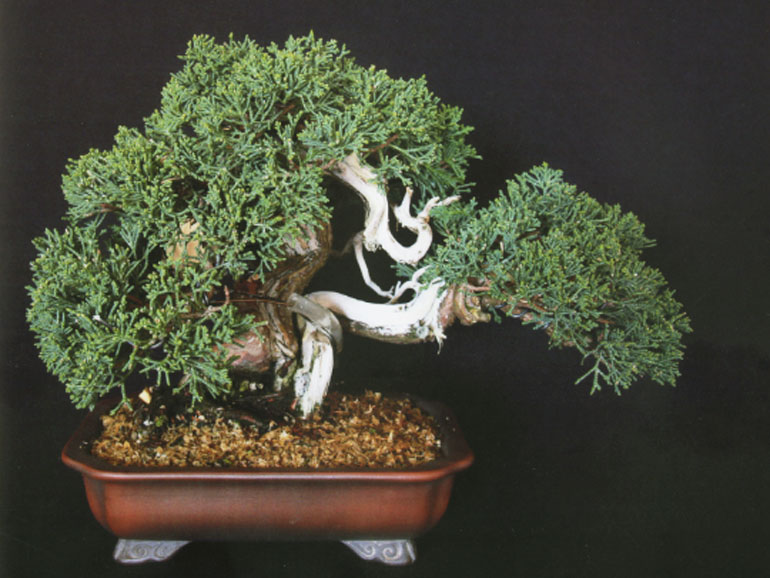
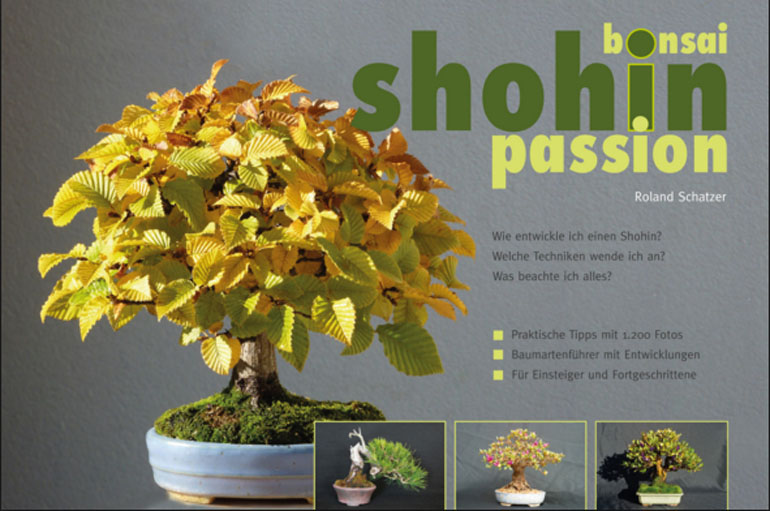
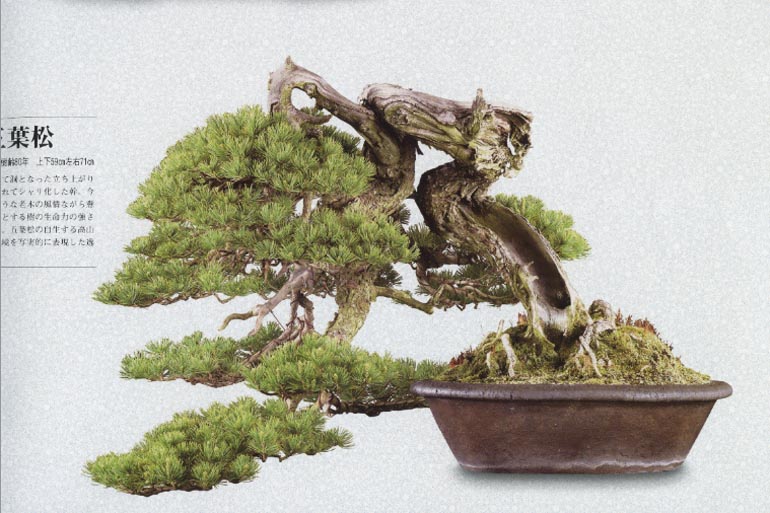
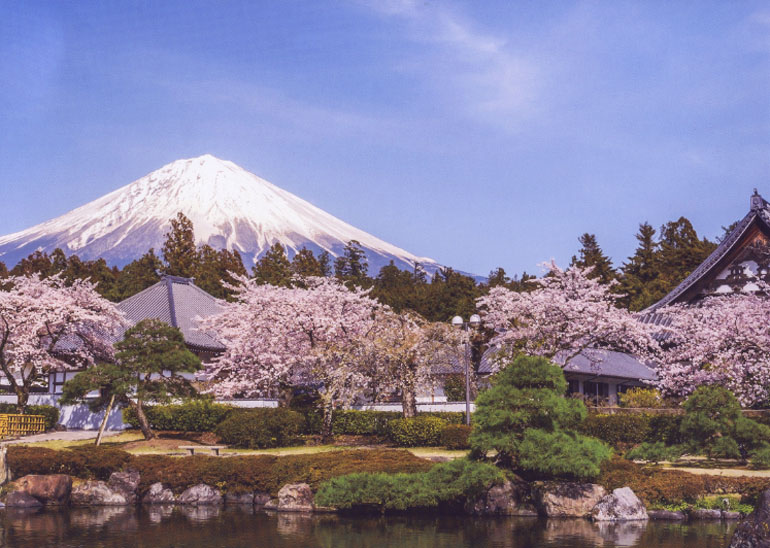
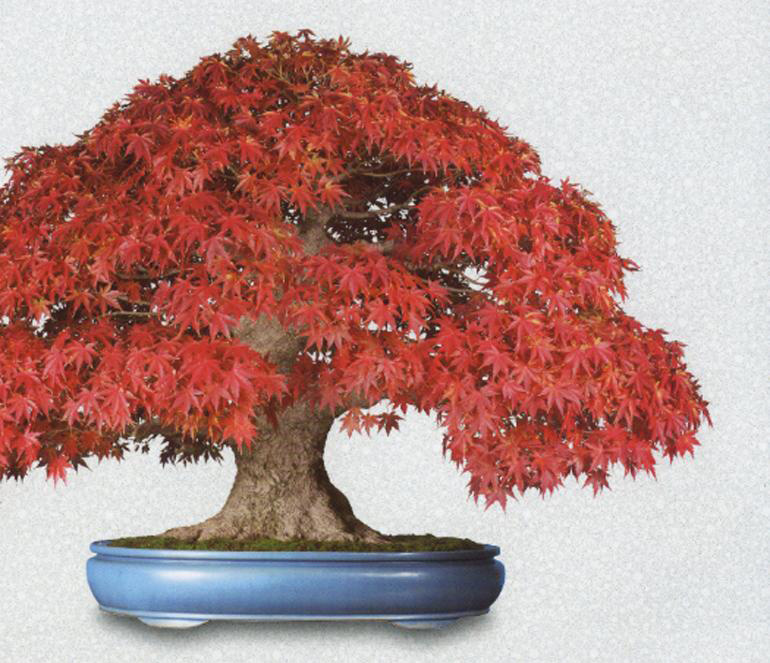
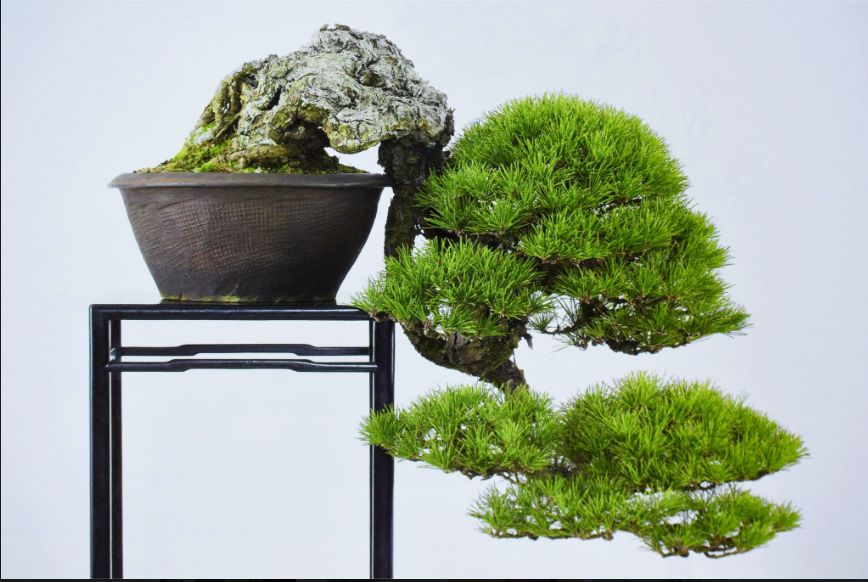 Full cascade Japanese black pine (Pinus thumbergii). Japanese for Black pine is Kuromatsu (kuro is black and matsu is pine).
Full cascade Japanese black pine (Pinus thumbergii). Japanese for Black pine is Kuromatsu (kuro is black and matsu is pine).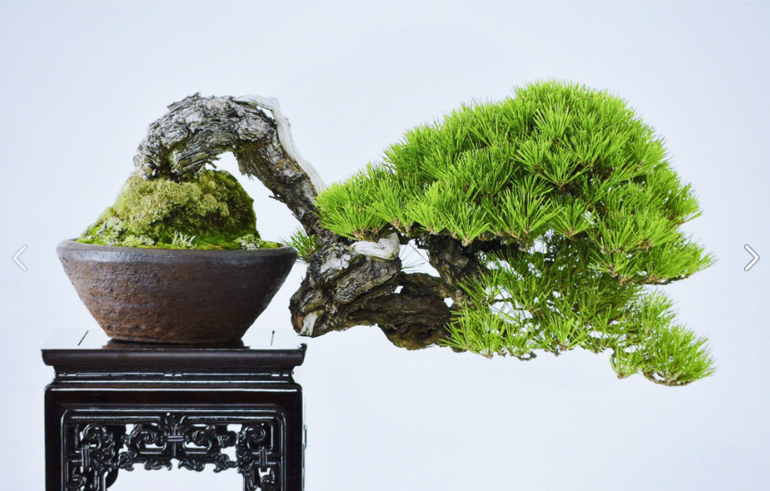
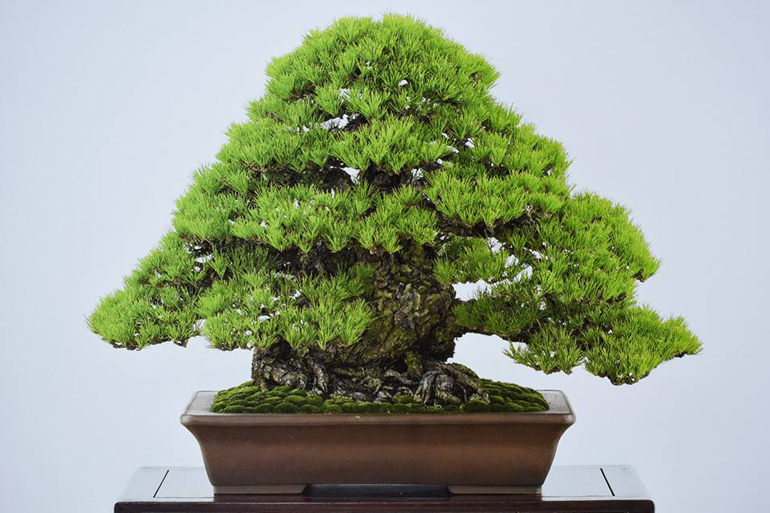
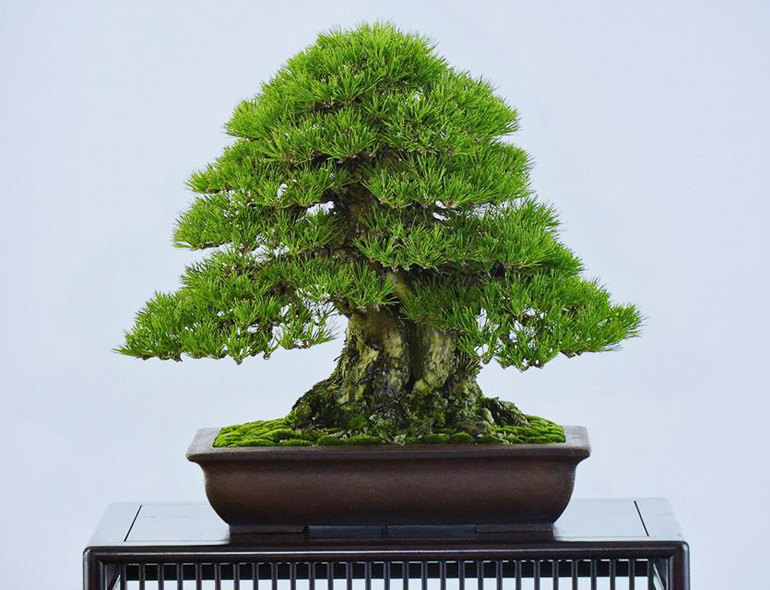 Another powerful trunk, though this one has bit more of a trunk-like form. And then there are those prized deep furrows.
Another powerful trunk, though this one has bit more of a trunk-like form. And then there are those prized deep furrows.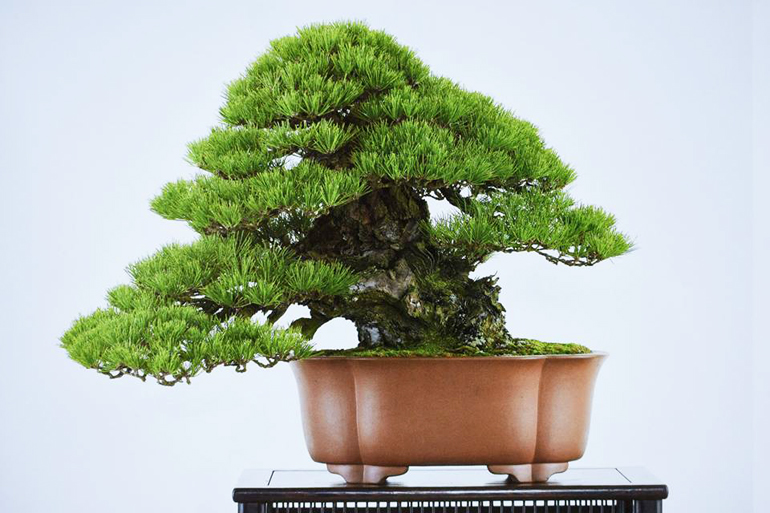 Another massive, strangely shaped trunk. Do you think the pot a bit too big for the tree?
Another massive, strangely shaped trunk. Do you think the pot a bit too big for the tree?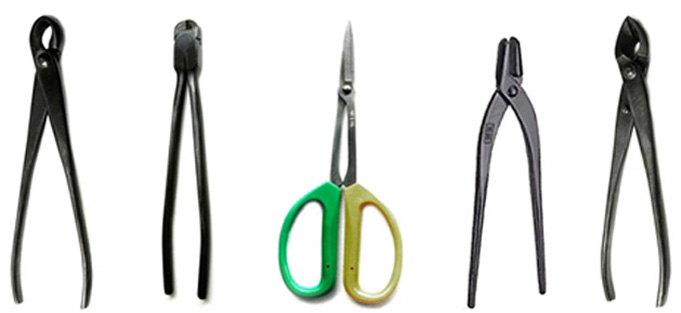
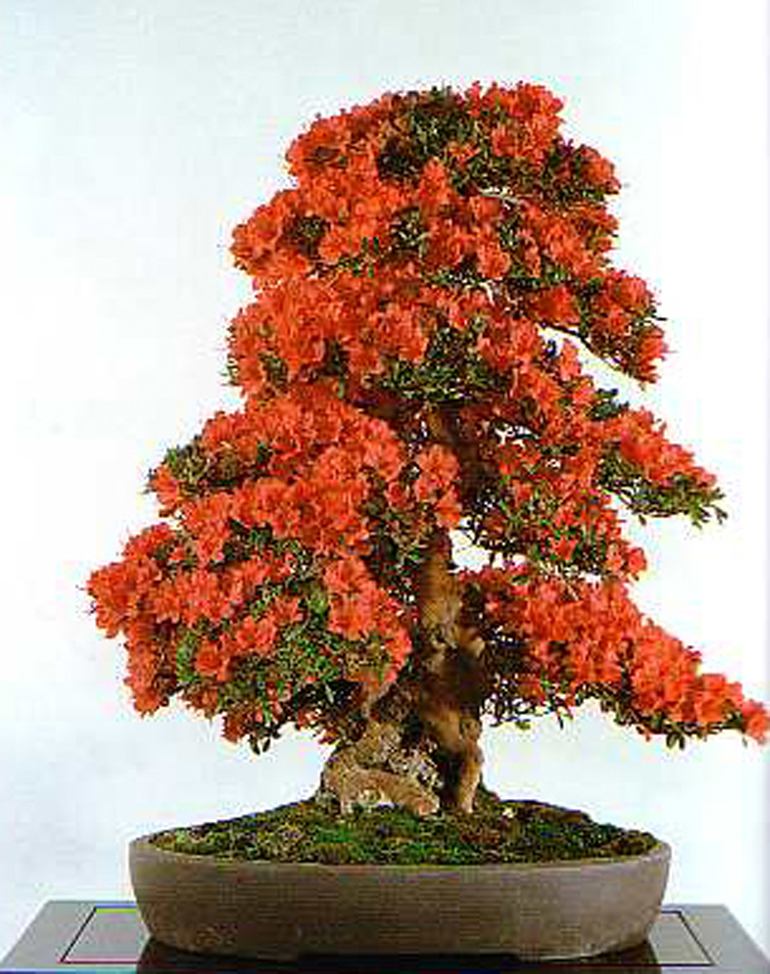
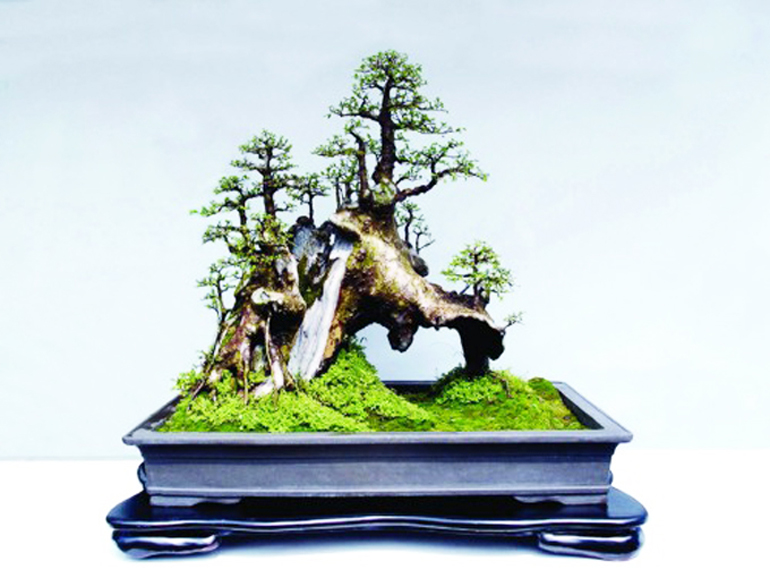
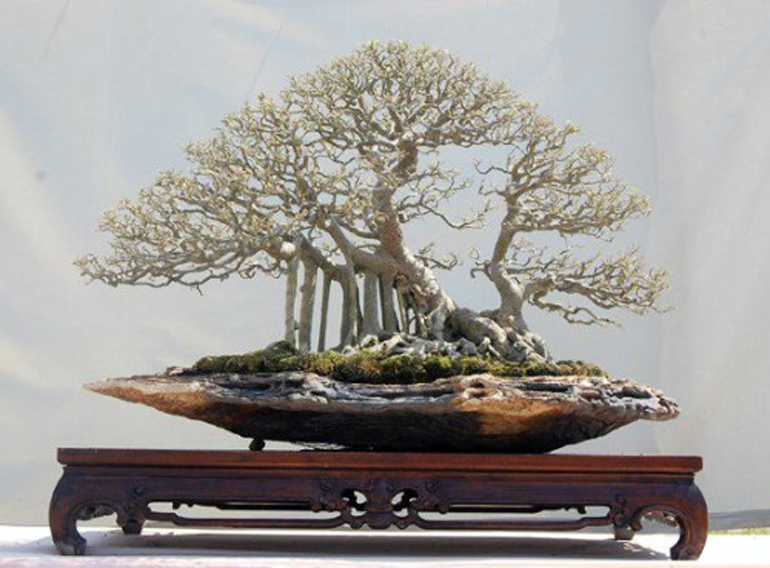
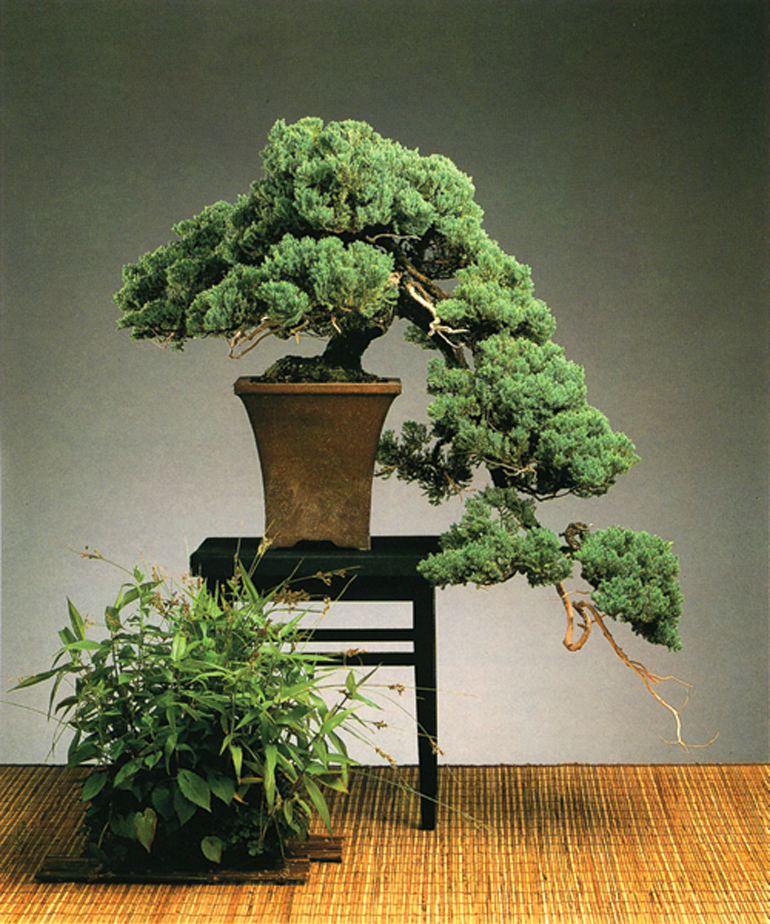
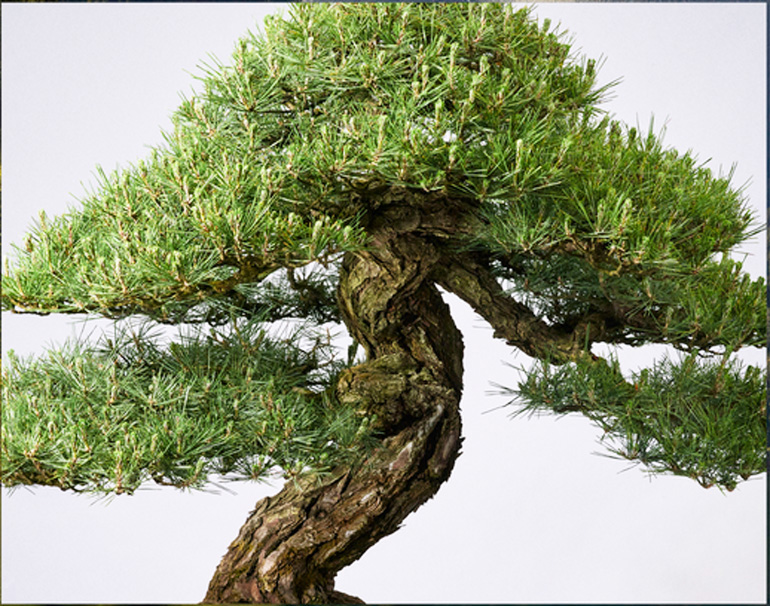
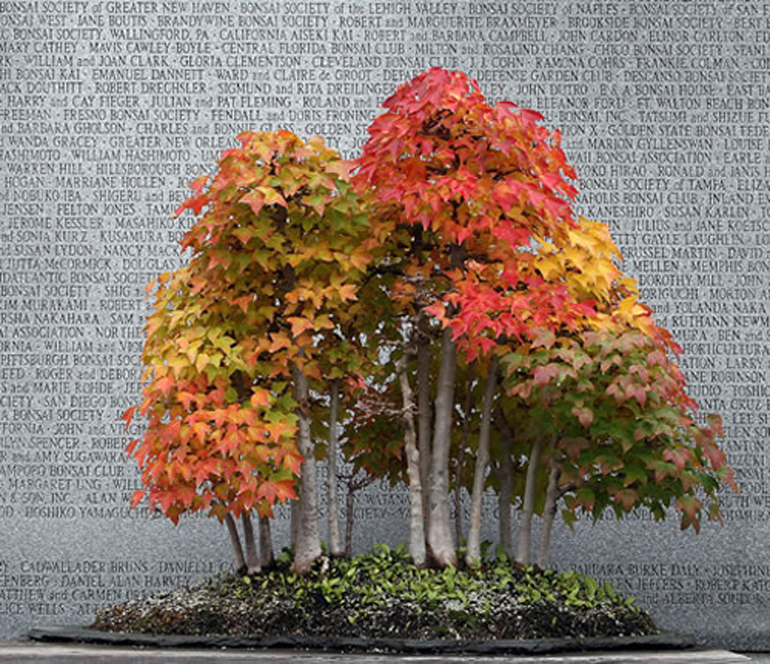
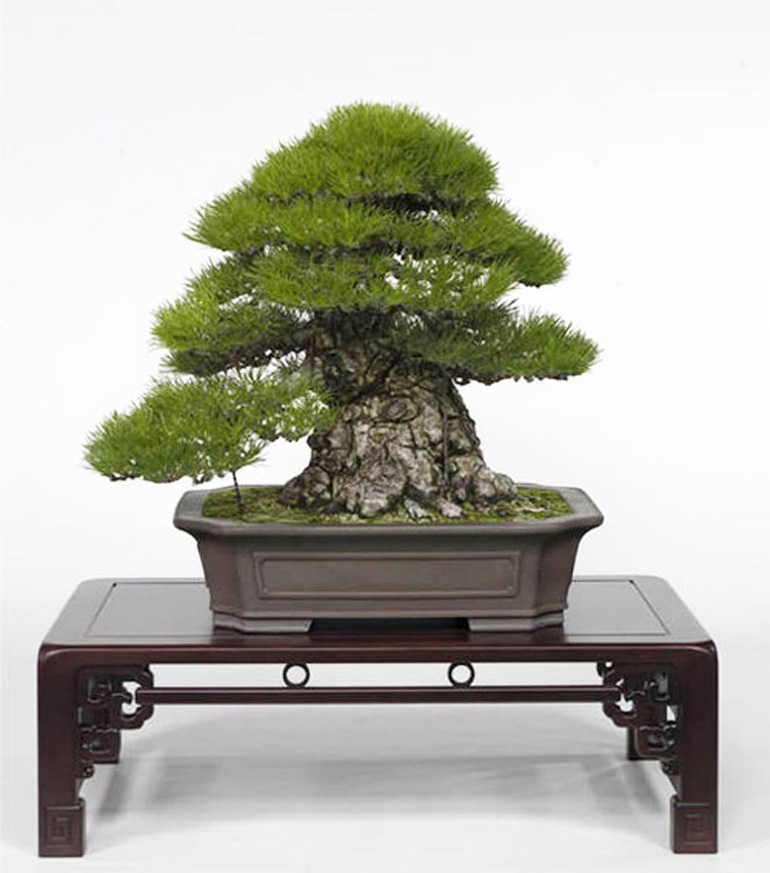
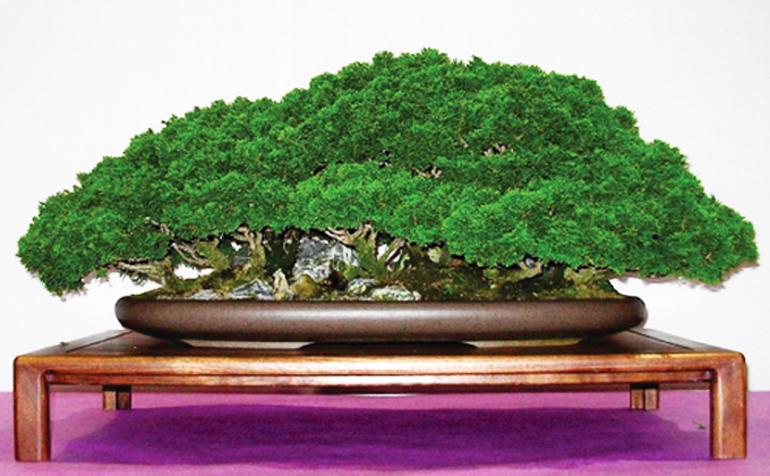
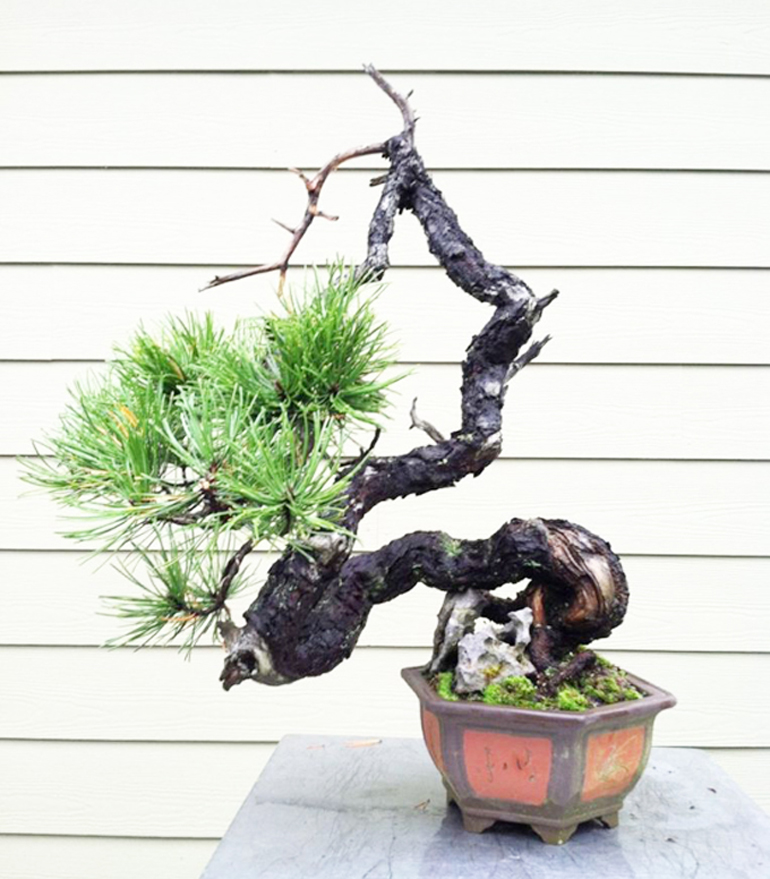
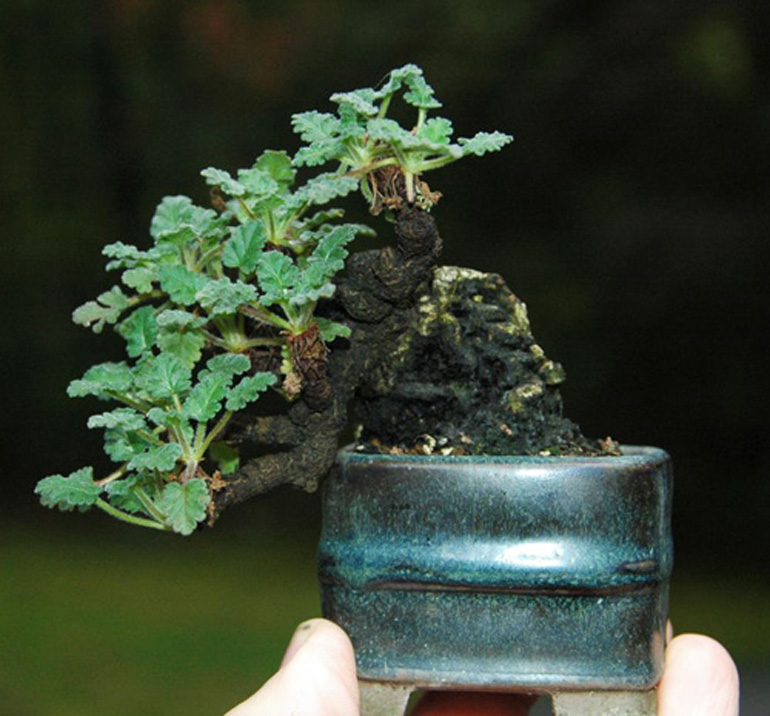
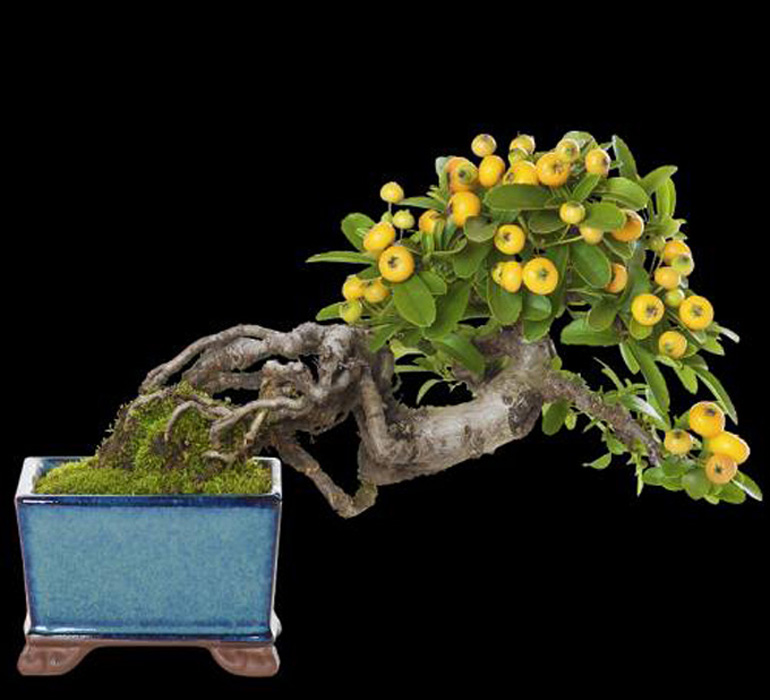
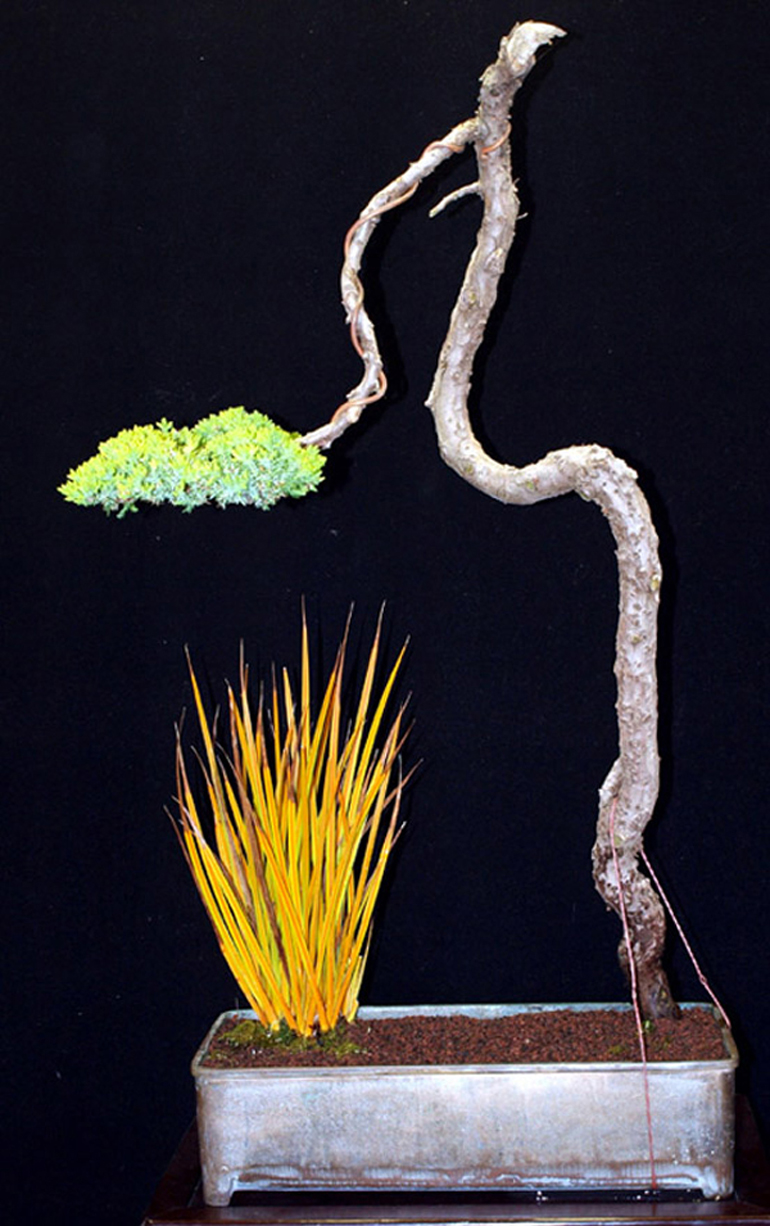
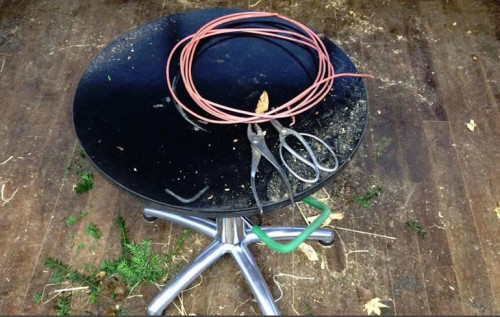
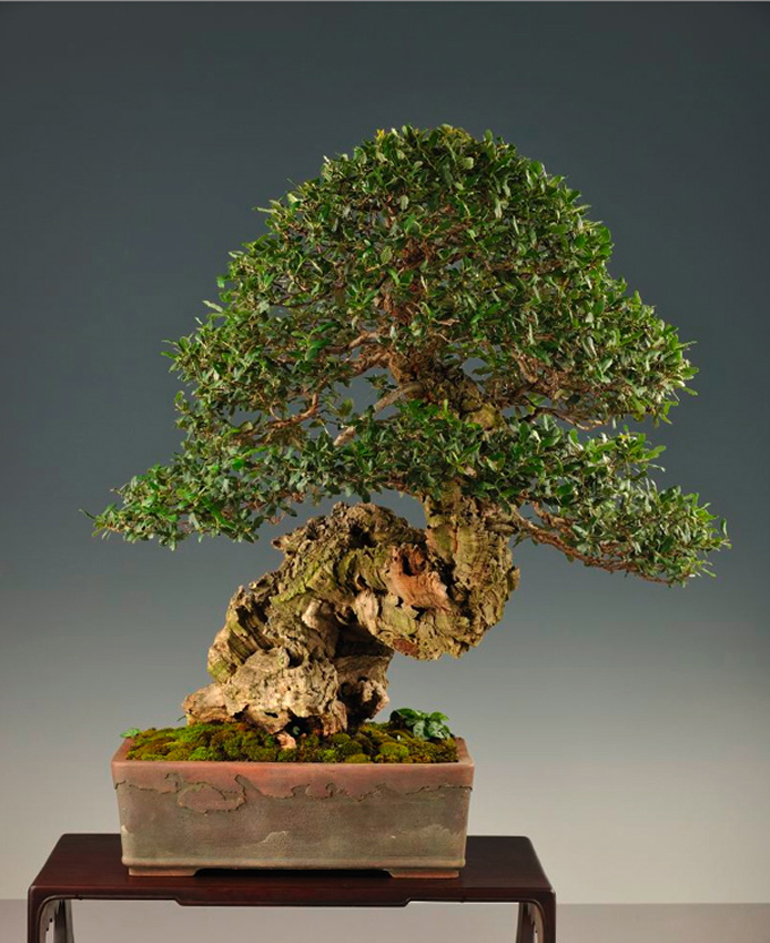 It's not often you see bark like this. Its uniquely patterned texture and color adds considerable character and age to this old live oak. And then there's the pot; the way it complements the tree (an how small it is relative to the tree). No mention of who made it, but whoever did deserves some love. The photo is from the
It's not often you see bark like this. Its uniquely patterned texture and color adds considerable character and age to this old live oak. And then there's the pot; the way it complements the tree (an how small it is relative to the tree). No mention of who made it, but whoever did deserves some love. The photo is from the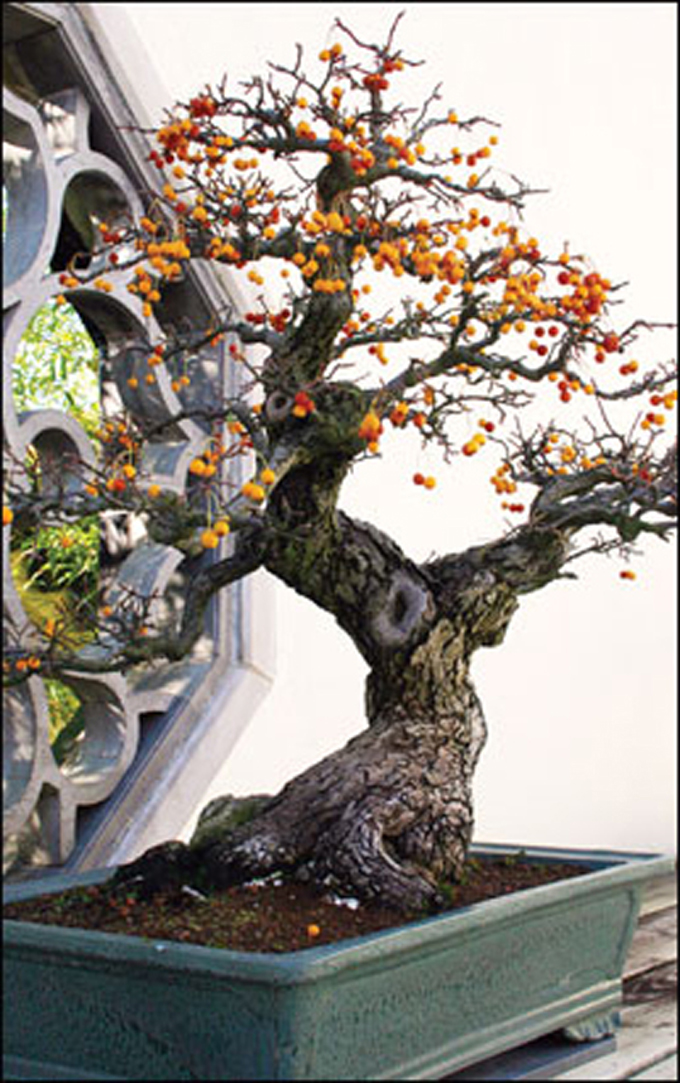

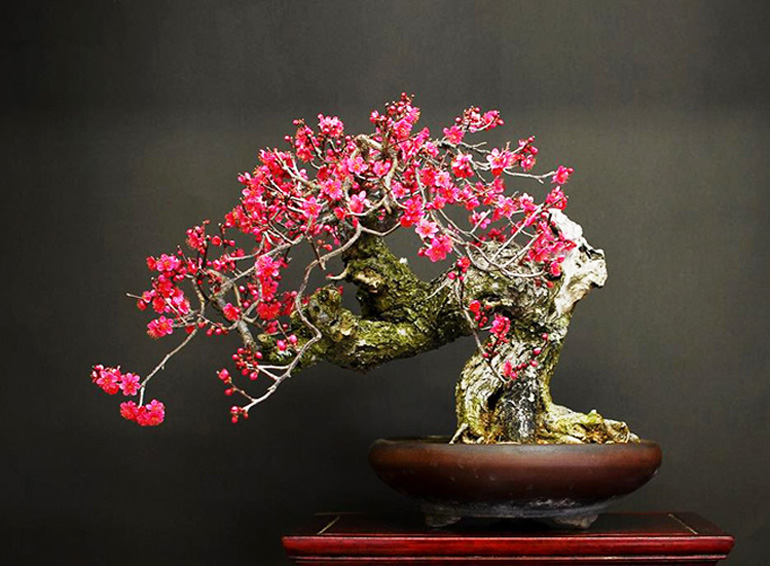 Ume (aka Flowering apricot, Prunus mume). This brilliant tree resides at
Ume (aka Flowering apricot, Prunus mume). This brilliant tree resides at 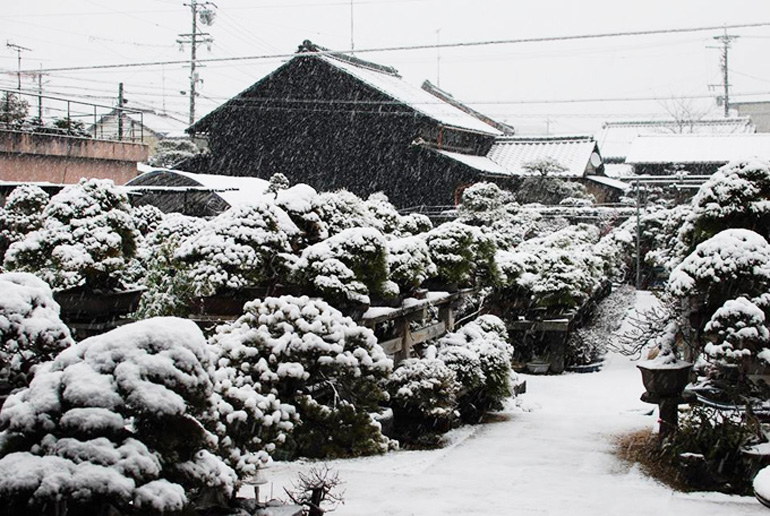
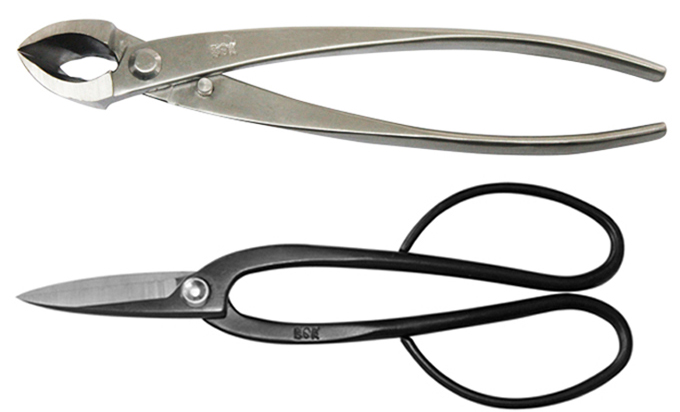
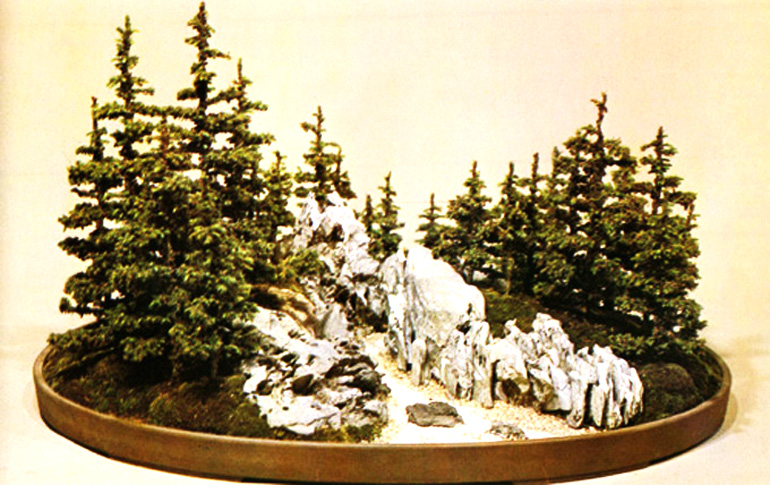 This planting from
This planting from 
